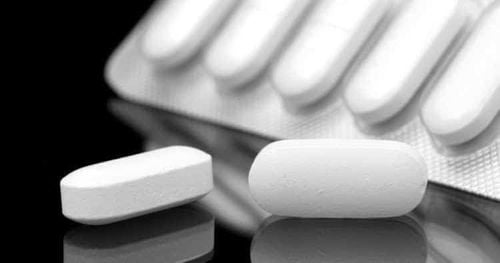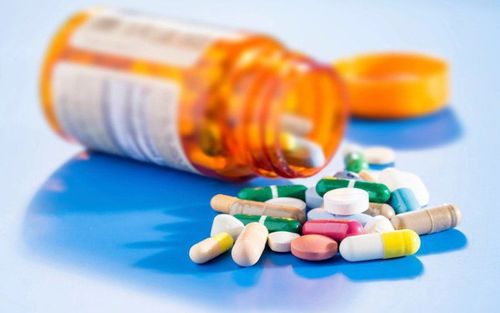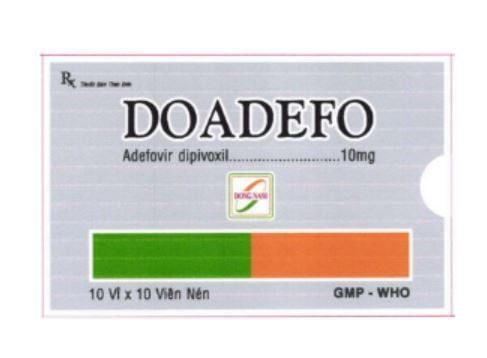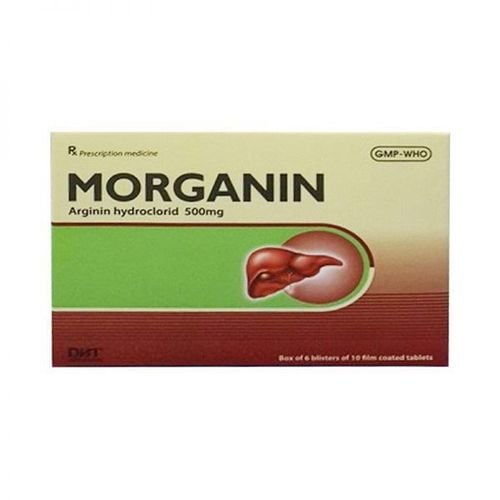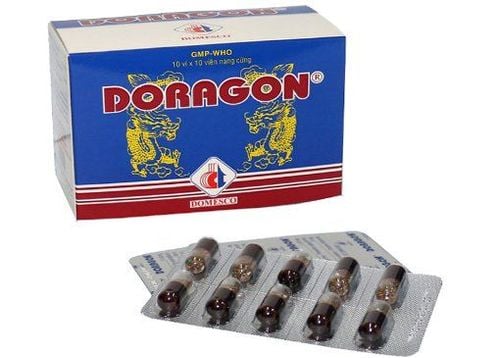This is an automatically translated article.
The article was professionally consulted by Specialist Doctor I Le Nguyen Hong Tram - Gastroenterologist - Department of Medical Examination & Internal Medicine - Vinmec Nha Trang International General Hospital.1. Overview of non-alcoholic fatty liver disease
Nonalcoholic fatty liver disease (NAFLD) can exist in the following forms:Simple fatty liver: Does not cause serious health problems because fat is present in the liver but does not cause hepatitis and liver cell damage. The majority of people with nonalcoholic fatty liver disease are diagnosed with simple fatty liver. Non-alcoholic steatohepatitis (NASH): Much more serious than fatty liver alone. When diagnosed with NASH, there are signs of inflammation in the liver and can also damage liver cells. This can lead to serious problems such as: fibrosis (scarring of the liver), cirrhosis (severe scarring of the liver, which can lead to liver failure and death), liver cancer. About 20% of people with NAFLD have NASH. The symptoms of NAFLD are quite vague and resemble many other illnesses. In some cases, the patient may feel: fatigue, abdominal discomfort, weight loss, loss of appetite, nausea... To accurately diagnose the disease requires histological evidence obtained from liver biopsy. and other tests.
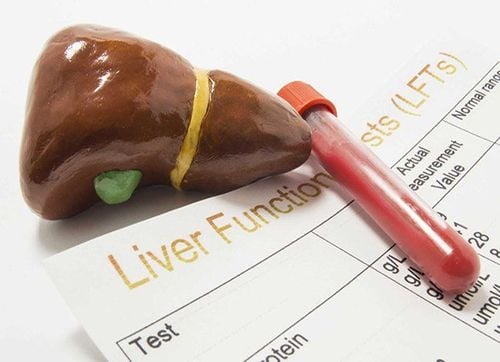
2. Who is susceptible to non-alcoholic fatty liver disease?
The exact cause of NAFLD is unknown, but it is more common in people with obesity, diabetes, metabolic syndrome, polycystic ovary syndrome, hypothyroidism, and obstructive sleep apnea. sleep, hypopituitarism, hypogonadism, pancreaticoduodenectomy.Factors that increase the risk of disease include:
Obesity (overweight): The most common cause. Type 2 diabetes: According to research, 30-60% of diabetic patients also have non-alcoholic fatty liver disease. Dyslipidemia: Patients with high blood triglycerides and low blood cholesterol are also prone to nonalcoholic fatty liver disease. The rate of NAFLD in patients with dyslipidemia is about 59%. Age: The prevalence of nonalcoholic fatty liver disease and the degree of liver disease increases with age. Gender: The incidence of NAFLD in men is 2 times higher than in women. Genes: The incidence of NAFLD varies between ethnic groups, possibly due to differences in genetic factors. Who should be screened for non-alcoholic fatty liver disease?
All individuals with persistent elevations in liver enzymes should be screened for nonalcoholic fatty liver disease, as this is a common cause of unexplained elevations in liver enzymes. For people with obesity, monitoring and prevention of non-alcoholic fatty liver disease is mandatory. Because obesity is a risk factor for the disease and also contributes to an increased risk of disease progression. People with type 2 diabetes also need to be screened for non-alcoholic fatty liver disease, because in these people there is a very high risk of progression. People with dyslipidemia, metabolic syndrome.

3. Diagnosis of non-alcoholic fatty liver
3.1. Evaluation of fatty liver Fatty liver should be confirmed by abdominal ultrasound, performing abdominal ultrasound also helps to reveal more information about hepatobiliary.Another imaging technique, the controlled attenuation parameter (CAP), is also used to diagnose fatty liver. This technique can determine the extent of fatty deposits in the liver.
The best fatty liver markers include: FLI ((Fatty liver index), SteatoTest and NAFLD liver fat score.
3.2 Assessment of nonalcoholic steatohepatitis (NASH) Patients with infectious hepatitis Non-alcoholic fat will have a high risk of progression of liver fibrosis, cirrhosis and liver cancer.These patients need close monitoring and need more aggressive treatment.
Clinical signs, biochemical tests. , imaging cannot distinguish non-alcoholic steatohepatitis from steatohepatitis alone
For a definitive diagnosis of nonalcoholic steatohepatitis, a liver biopsy is best done
4. Measures to treat fatty liver
Fatty liver alone does not need treatment, but the underlying causes need attention, to avoid leading to complicated diseases later. The best treatment for fatty liver is to reverse the risk factors related to the cause of this condition:Weight loss: The risk of fatty liver disease in overweight and obese people is many times higher than in people have normal weight. Maintaining a healthy diet and exercising can help you lose weight safely. For patients with NAFLD along with overweight and obesity, a 7-10% weight loss is the goal of treatment, helping to reduce liver enzymes and improve liver histology. Controlling diabetes along with tight control of diet, insulin or oral medication also helps to regenerate damaged liver cells. Use the medicine exactly as directed, do not overdose, arbitrarily use the drug because it will make the condition worse. Usually, people with fatty liver disease in the early stages have not been prescribed medication but only have periodic follow-up visits. Improve risk factors for the disease, which is high blood fats, including high cholesterol and triglycerides. This is the main cause of fatty liver. These indicators can be reduced through diet and/or medication. Early treatment of high blood fat will improve fatty liver disease very effectively. Specialist I Le Nguyen Hong Tram graduated as a Doctor of General Internal Medicine at the University of Medicine and Pharmacy in Ho Chi Minh City. Ho Chi Minh, doctor has many years of experience in the examination and treatment of gastrointestinal diseases, especially gastrointestinal - hepatobiliary diseases, gastrointestinal endoscopy and general internal diseases. Currently, Dr. Tram is working at the Department of Medical Examination and Internal Medicine, Vinmec Nha Trang International General Hospital.
Please dial HOTLINE for more information or register for an appointment HERE. Download MyVinmec app to make appointments faster and to manage your bookings easily.





